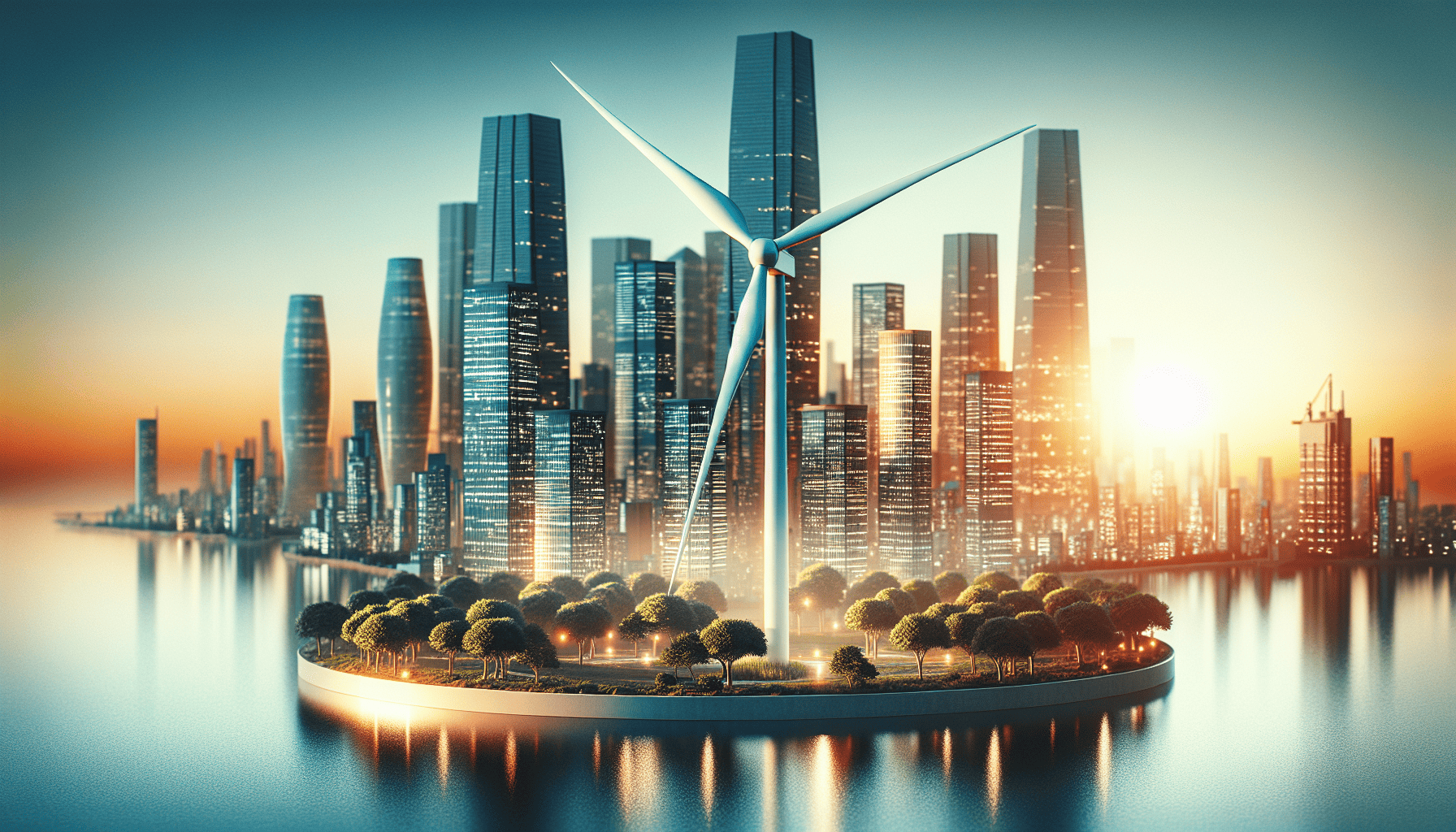Wind power is rapidly emerging as a game-changer in urban areas, offering a cleaner and more sustainable energy solution for cities worldwide. With the pressing need to reduce carbon emissions and combat climate change, urban planners and energy providers are increasingly looking towards innovative sources of renewable energy to meet the growing demand of urban centers.
One of the most significant advantages of adopting wind power in urban settings is the improvement in air quality. Traditional fossil fuel-based power generation contributes heavily to air pollution, which poses serious health risks to city residents. By transitioning to wind energy, cities can significantly reduce their reliance on coal and natural gas, leading to cleaner air and healthier living conditions. This shift not only benefits public health but also helps cities meet environmental targets and comply with stricter governmental regulations on emissions.
Technological advancements have also played a crucial role in making wind power feasible in densely populated areas. Modern wind turbines have become more efficient, quieter, and aesthetically adaptable to blend into urban landscapes. Vertical-axis wind turbines (VAWTs), for example, can be installed on rooftops or integrated into the design of skyscrapers. These turbines are specifically designed to operate effectively in turbulent and changing wind directions typically found in urban environments. This innovation has broadened the potential for energy generation, even in areas previously considered unsuitable for traditional horizontal-axis turbines.
The integration of wind power into urban energy systems also promotes energy security and independence. By producing electricity on-site or nearby, cities can reduce their dependence on external power sources, which are vulnerable to disruptions. This capability is particularly important in the face of climate-related events or political instability, which can affect the availability and cost of traditional energy supplies.
Furthermore, wind power in cities can stimulate local economies by creating jobs in the installation, maintenance, and management of wind energy systems. Since urban areas often have the infrastructure and workforce to support these initiatives, the transition to renewable energy can contribute to economic growth and development.
Despite its promise, the adoption of wind power in urban areas is not without challenges. Space constraints, zoning regulations, and initial setup costs can be significant hurdles. However, many cities are overcoming these obstacles by developing strategic partnerships between governments, businesses, and communities to share the costs and benefits of renewable energy projects. Additionally, incentives, tax breaks, and government funding are increasingly available to support the initial investments required for urban wind energy projects.
As cities continue to grow, the need for sustainable energy solutions becomes ever more critical. Wind power represents a viable option that not only addresses environmental concerns but also offers economic and social benefits for urban populations. The rising adoption of wind power in urban areas marks an exciting shift towards cleaner, more resilient, and sustainable cities of the future. As more urban centers embrace this technology, wind energy will undoubtedly play a pivotal role in shaping sustainable urban living.
